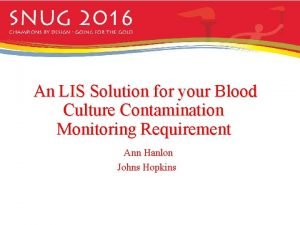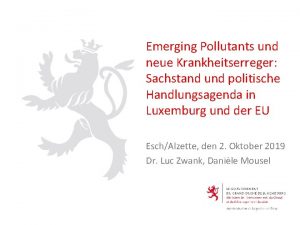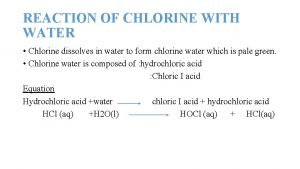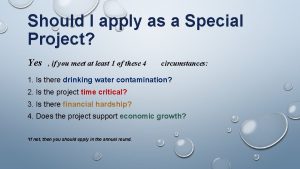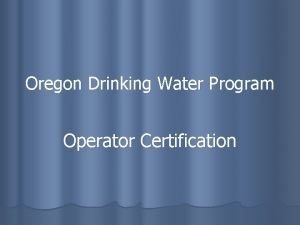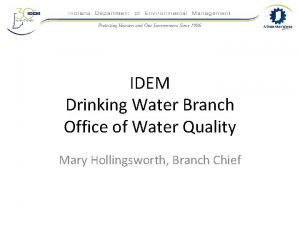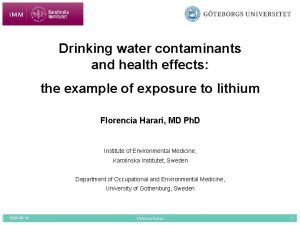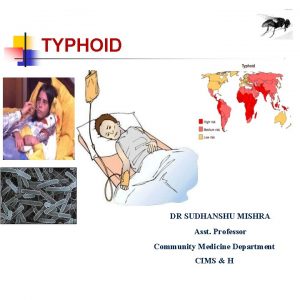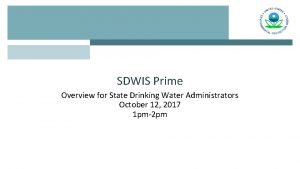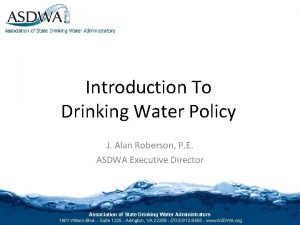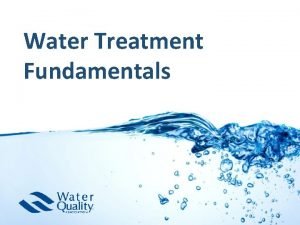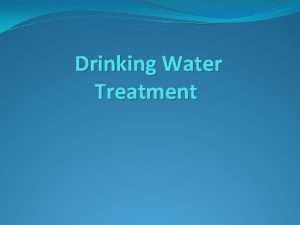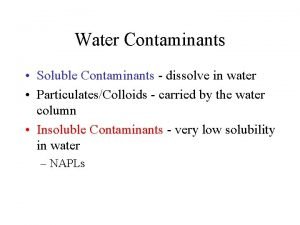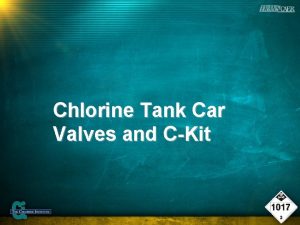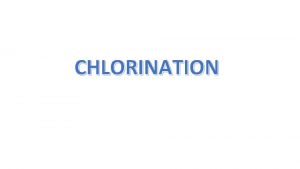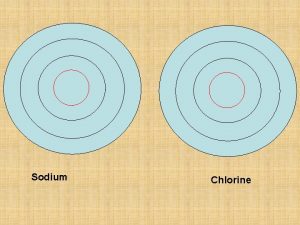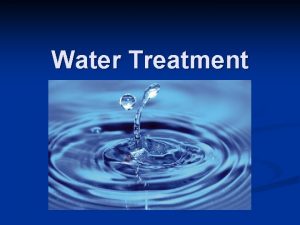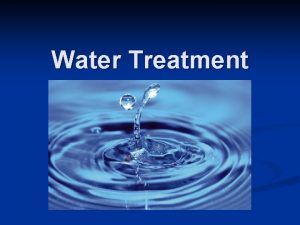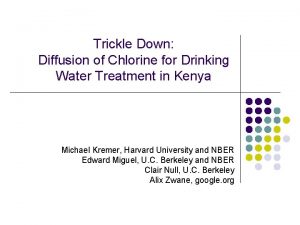Drinking Water Treatment Common drinking water contaminants chlorine














- Slides: 14

Drinking Water Treatment

Common drinking water contaminants �* chlorine �* fluorine �* lead (often from old plumbing with lead pipes and solder; old drinking fountains are notorious) �* amoebas, giardia, or other protozoa �* other contaminants: hydrocarbon pollutants (benzene, phenol, methanol, etc. ), pesticides

�Distilled water may be cleaner, but regular use may lead to mineral loss from the body. �Water filtration systems vary in quality in effectiveness, and must be tailored to the particularly contaminants that are present in your water.


Flocculation/Sedimentation �Flocculation refers to water treatment processes that combine or � coagulate�small particles into larger particles, which settle out of the water as sediment. �Alum and iron salts or synthetic organic polymers (used alone or in combination with metal salts) are generally used to promote coagulation

Filtration �Many water treatment facilities use filtration to remove all particles from the water �Those particles include clays, natural organic matter, iron, manganese, and microorganisms. �Filtration clarifies water and enhances the effectiveness of disinfection

Water passes through charcoal, sand, and gravel layers in a water system’s filtration tank.

Ion Exchange �Ion exchange processes are used to remove inorganic contaminants if they cannot be removed adequately by filtration or sedimentation �Ion exchange can be used to treat hard water. It can also be used to remove arsenic, chromium, excess fluoride, nitrates, radium, and uranium.

Adsorption �Organic contaminants, unwanted coloring, and taste� and-odor-causing compounds can stick to the surface of granular or powder activated carbon and are thus removed from the drinking water.

Disinfection (chlorination) �Water is often disinfected before it enters the distribution system to ensure that potentially dangerous microbes are killed. �Chlorine, chloramines, or chlorine dioxide are most often used because they are very effective disinfectants, not only at the treatment plant but also in the pipes that distribute water to our homes

Distribution to Customers �An underground network of pipes typically delivers drinking water to the homes and businesses served by the water system. �Although water may be safe when leaving the water treatment plant it is important to ensure that this water does not become contaminated in the distribution system because of such things as water main breaks, pressure problems, or growth of microorganisms.


Drinking water loss at home �Nearly 14 percent of the water a typical homeowner pays for is never even used— it leaks down the drain. �Save water and protect the environment by choosing Water. Sense labeled products in your home and business and taking simple steps to save water each day.

ways to save water in and around your home. : �Work shop
 Common blood culture contaminants
Common blood culture contaminants Grundwasserreinigung emerging contaminants
Grundwasserreinigung emerging contaminants Water and water and water water
Water and water and water water 7))chlorine dissolved in water
7))chlorine dissolved in water Dwawg
Dwawg Drinking water state revolving fund
Drinking water state revolving fund Oregon drinking water certification
Oregon drinking water certification Drinking water watch indiana
Drinking water watch indiana Tceq water watch
Tceq water watch Lithium in drinking water
Lithium in drinking water Drinking water
Drinking water Drinking water system operator certificate
Drinking water system operator certificate Prime drinking water
Prime drinking water Nm drinking water watch
Nm drinking water watch Water treatment fundamentals
Water treatment fundamentals
